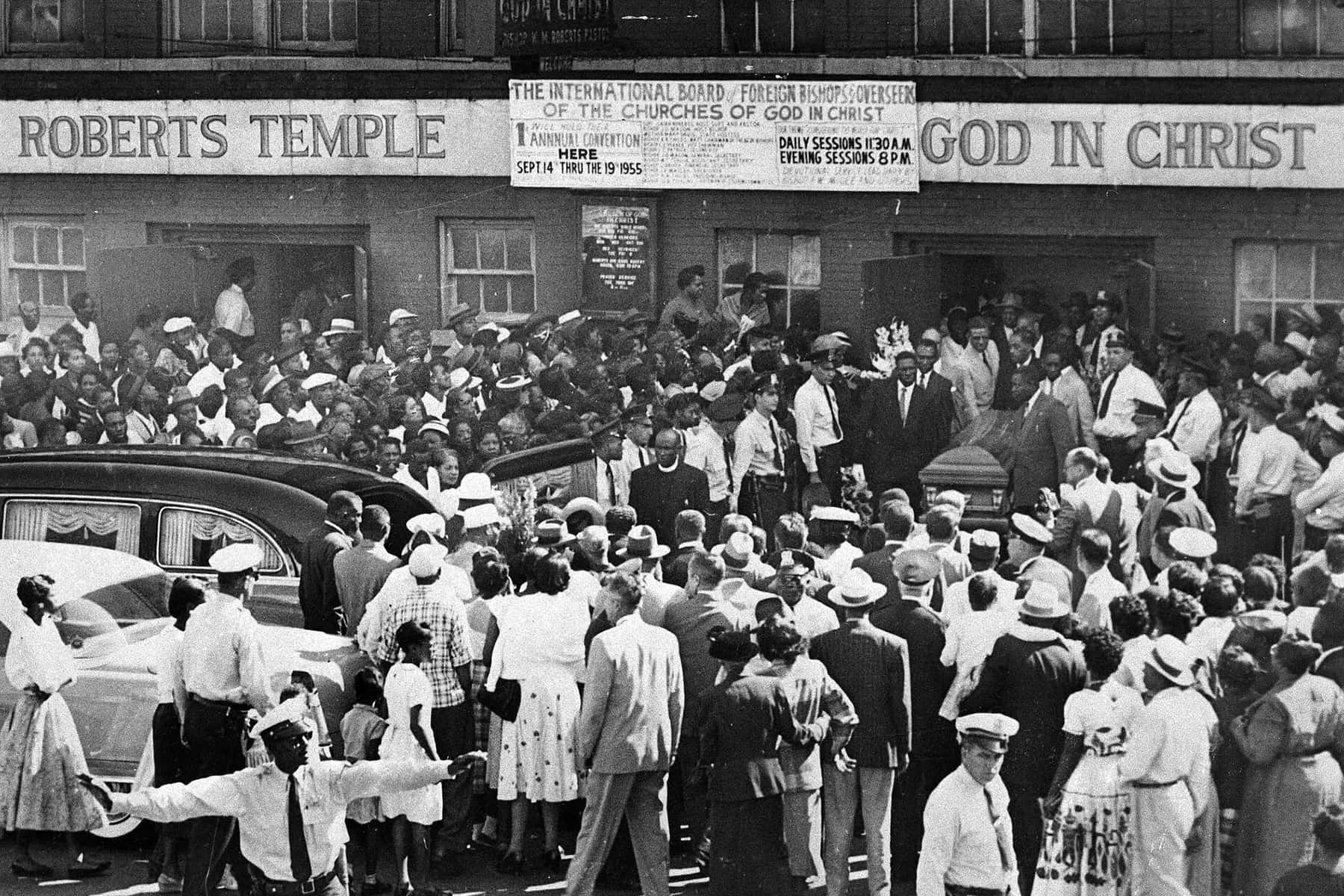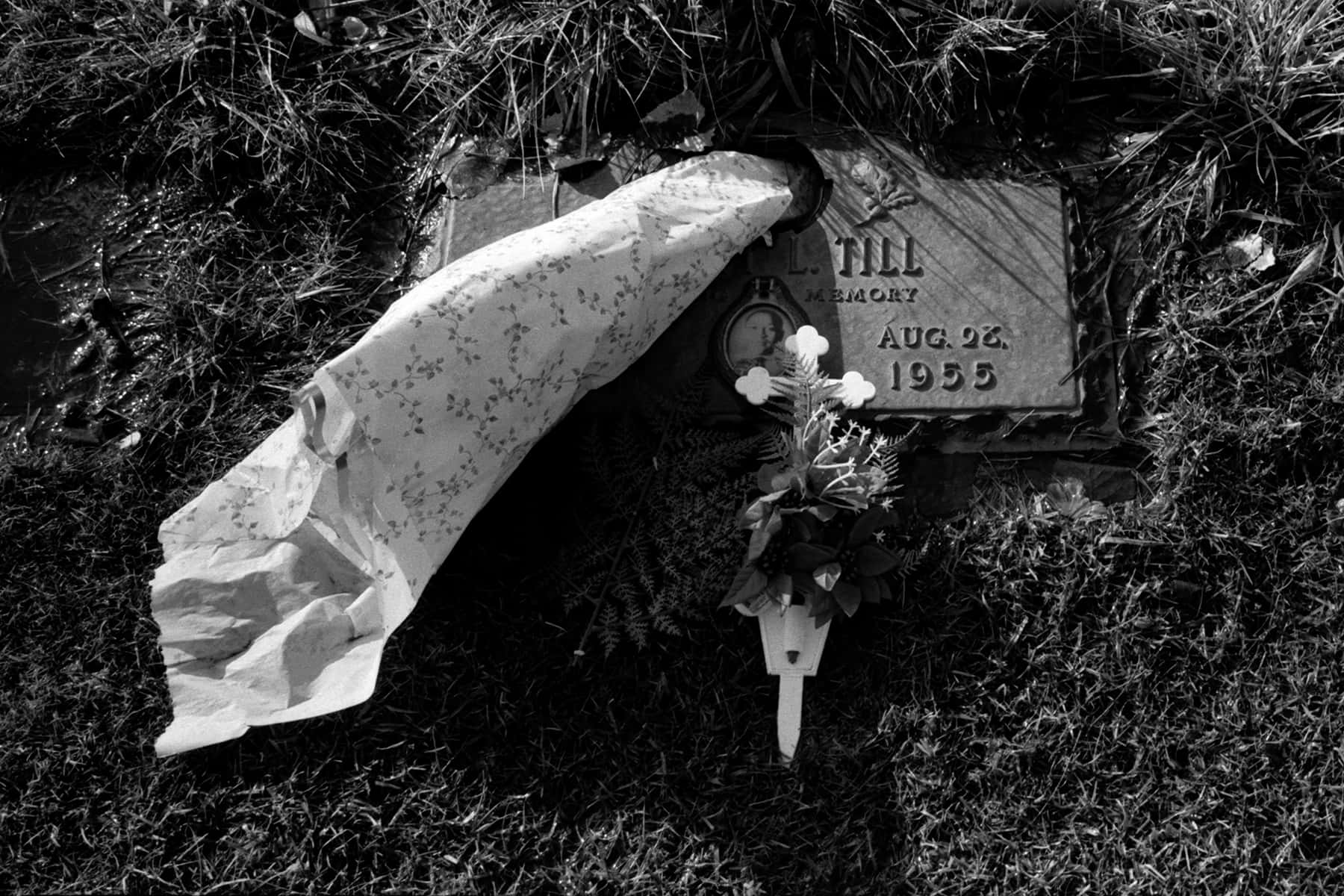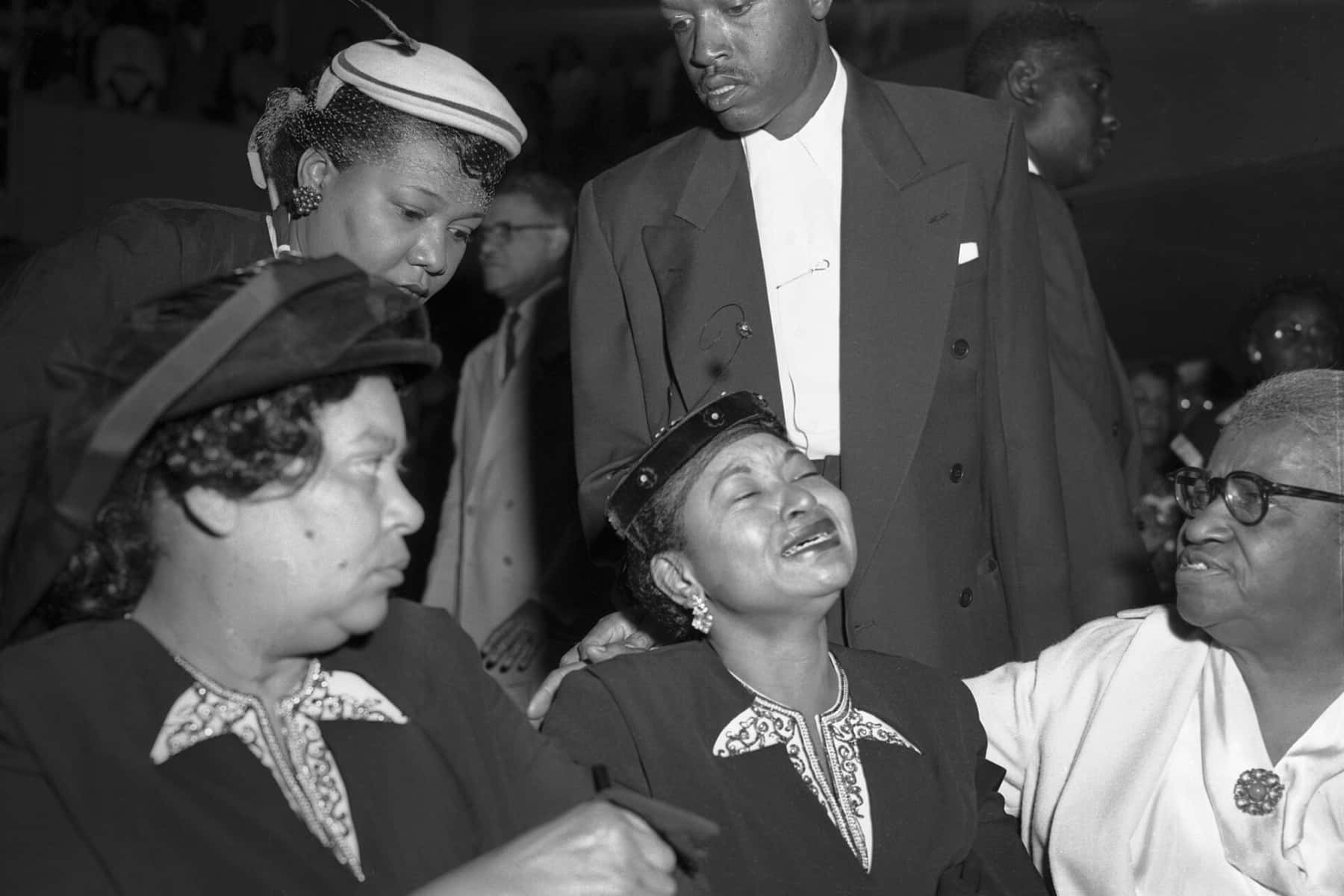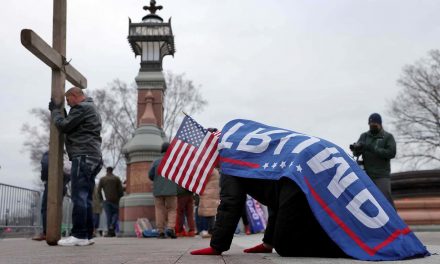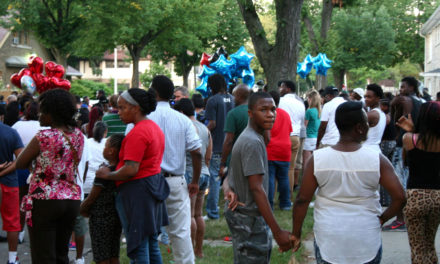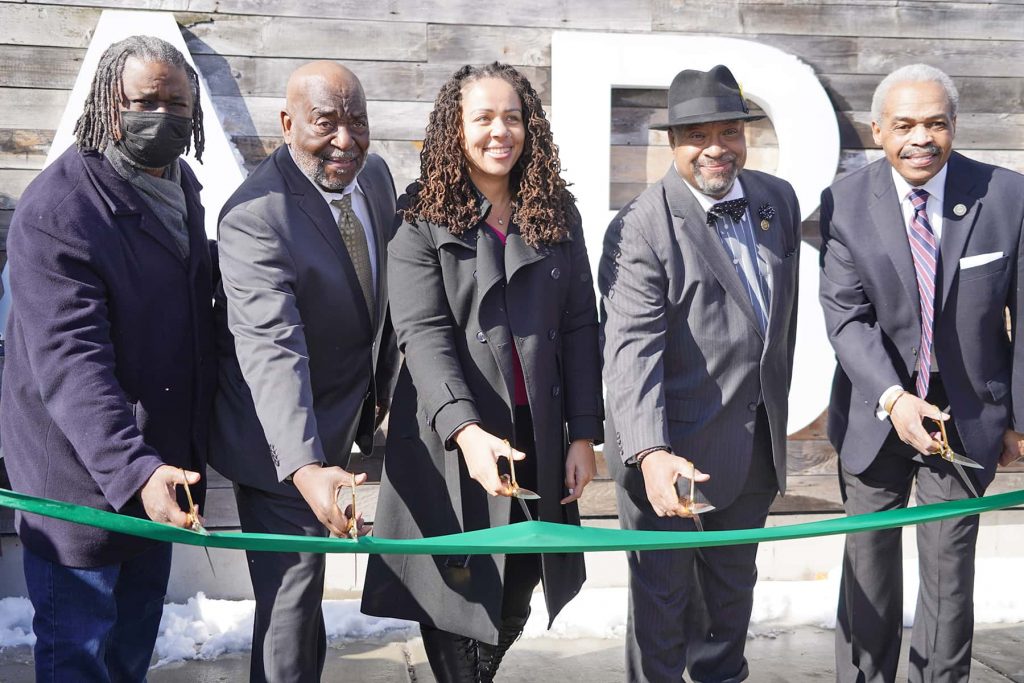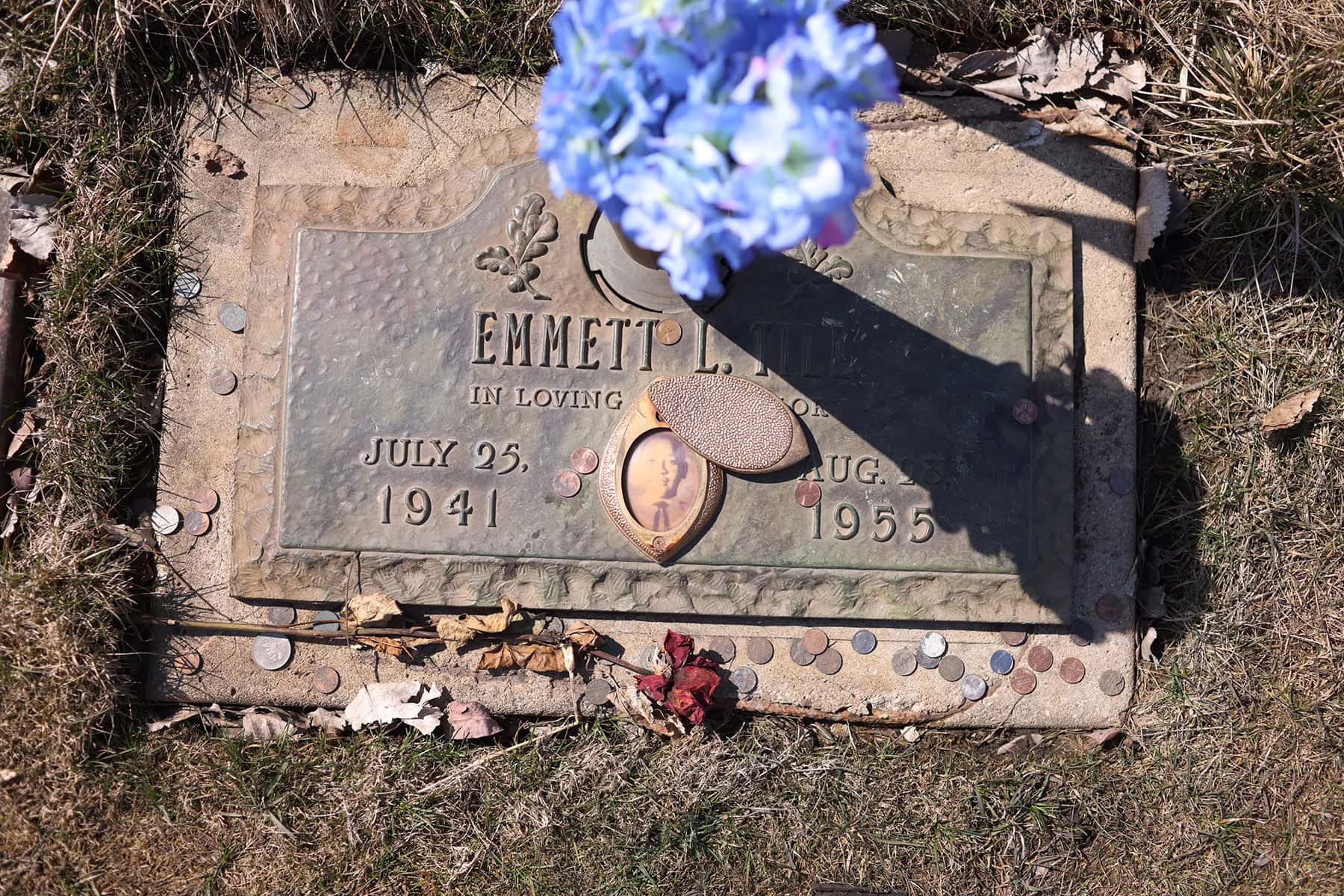
On December 6, the United States Department of Justice (DOJ) announced that it has closed an investigation into the 1955 murder of Black teenager Emmett Till. The case had been reopened in 2018, a year after the Emmett Till Unsolved Civil Rights Crimes Act (the Till Act) was passed by Congress allowing crimes against Black people committed before 1970 to be reinvestigated.
Till’s murder is often referred to as the “spark” for the Civil Rights Movement in the US. The photo of his disfigured face, which his mother had insisted on showing through an open-casket funeral, caused outrage throughout the country. The reopening of his case would have been an opportunity to bring justice to his family, which they had been denied when the White men accused of his murder – Roy Bryant and JW Milam – were first tried in 1955.
The two are now dead, but the woman who inspired the killing, Carolyn Bryant Donham, is still alive. A 2017 book quoted her recanting her claims that Till had made physical sexual advances, which had led to her husband, Roy, and his half-brother Milam, killing the 14-year-old boy.
The DOJ’s decision to close Till’s case without indicting her not only reflects the indifference America continues to show towards killings of Black boys and men, but also its inability to hold White women accountable for their role in anti-Black violence.
White womanhood and keeping Black men ‘in their place’
Sixty-six years ago, Till’s mutilated body was fished out of the Tallahatchie River in Mississippi. Roy Bryant and Milam were arrested and tried for the murder but an all-white jury acquitted them. In that trial, Donham testified that Till had grabbed her and intended to rape her – something she allegedly said was not true in an interview detailed in Tim Tyson’s 2017 book The Blood of Emmett Till.
A year after the 1955 verdict, Bryant and Milam admitted to killing Till in an interview with Look magazine. In their confession, they said their original intention was to “just whip him … and scare some sense into him”, but Till’s refusal to show any signs of fear and “know his place” forced them to kill him.
Milam said it plainly: “I like n****rs – in their place … I just decided it was time a few people got put on notice. As long as I live and can do anything about it, n****rs are gonna stay in their place … And when a n****r gets close to mentioning sex with a White woman, he’s tired of living. I’m likely to kill him.”
Keeping Black men in their place was central to how White America enforced anti-Black racism and designed segregation during the Jim Crow era, which lasted from the end of the Civil War in the 1860s to the late 1960s. It was a deliberate social hierarchy made to keep Black males out of society, while allowing White men sexual access to White and Black women.
Till’s murder and the subsequent murders of Black men and boys by lynch mobs have never been about the guilt or innocence of the accused. Lynching is a form of racial terrorism designed to halt Black people’s struggle for equality and civil rights.
Race relations scholar, John Dollard, remarked in his 1939 study of Southern towns that White Southerners believed that the two most egregious offences that a Black man could ever commit were to try to gain economic independence from Whites or to rape a White woman.
During the Jim Crow era, a charge of “reckless eyeballing”, in which a Black man might look at a White woman longer than a few seconds or insinuate sexual interest in her, was considered rape and punishable by death. To protect White womanhood, any degree of violence was thought to be justified – including lynching.
It is important to recognize that White women have not only justified some of the most heinous crimes against Black men in the US, but that they themselves have committed violence against Black men. They have organized lynchings and defended Jim Crow-era policies.
In this sense, it is difficult to see how Donham is not to blame for Till’s murder. She knew that accusing a Black boy of intending to rape a White woman would inspire White men to lynch him and the lynching would be perceived as justifiable by a White society.
The DOJ’s decision not to bring charges for Till’s murder should not have been based solely on whether or not Donham recanted her testimony. Even her more serious claims about what Till did were not offenses that justified his murder. The DOJ’s refusal to try her as an accomplice to murder allows her actions of inciting the killing of a young Black boy to go unpunished.
Jim Crow echoes of today
The DOJ’s decision came more than a decade after another reinvestigation of Till’s case, this time by the FBI, led to the same outcome. In 2007, a jury in Mississippi, which unfortunately was not presented with all evidence against Donham, decided against indicting her for murder.
These repeated failures of the U.S. authorities to deliver justice for the murder of a Black boy allow White America to find comfort in knowing that the deadly racialisation of Black men during the Jim Crow era still has currency today.
It is no wonder that today, in a society several decades removed from Jim Crow, the lynching of Black men and boys continues, whether in the form of police killings or vigilante murders. And every so often, the justice system and the White public choose to rationalize these violent deaths as necessary and justifiable.
The failure to indict Donham has also confirmed that White womanhood in the U.S. is unassailable and unaccountable for the violence it enacts against Black men and boys. And White women know it. In recent years, a series of incidents reflecting the unabashed use of White womanhood’s privilege, which have been publicised on social media, have given rise to the so-called “Karen” meme – a collective image of a privileged White woman who uses her perceived vulnerability to summon the police against an individual of colour or a group who she wants targeted.
In one of these incidents, Amy Cooper, a White woman, was taped calling the police on Christian Cooper, a Black man who had criticized her for walking her dog without a leash in New York’s Central Park. During the call, the woman feigned being attacked and requested urgent help. She faced charges of filing a false police report, but those were dropped after she completed a “therapeutic program” addressing racial biases.
Amy Cooper, like Donham, was well aware of the potentially violent effect of her words. In a country where Black men are three times more likely to be killed by police compared with White men, an encounter with NYPD officers may have had a violent, if not fatal, outcome for Christian Cooper.
Jim Crow tropes of Black men as inherently violent, preying on vulnerable White women, who are in constant need of protection, are clearly still alive. Indeed, the Jim Crow era may be gone on paper, but its spirit lives on in American society. Black people are still getting murdered with impunity and are still so often struggling to access justice.
In fact, over the past years, there has been an ostentatious rollback of Black civil rights, decimation of affirmative action initiatives, rise of Black poverty and unemployment, and the emergence of explicitly White Supremacist political platforms on the state and national level. In this context, the failure to deliver justice for Till’s murder reflects a White society recommitting itself to public displays of White Supremacy and racial violence against Black people.
Tоmmy J. Cυrry
Scоtt Оlson, Cаrlоs Javіer Ortіz and Library of Congress
Originally published as Why is there still no justice for Emmett Till?

